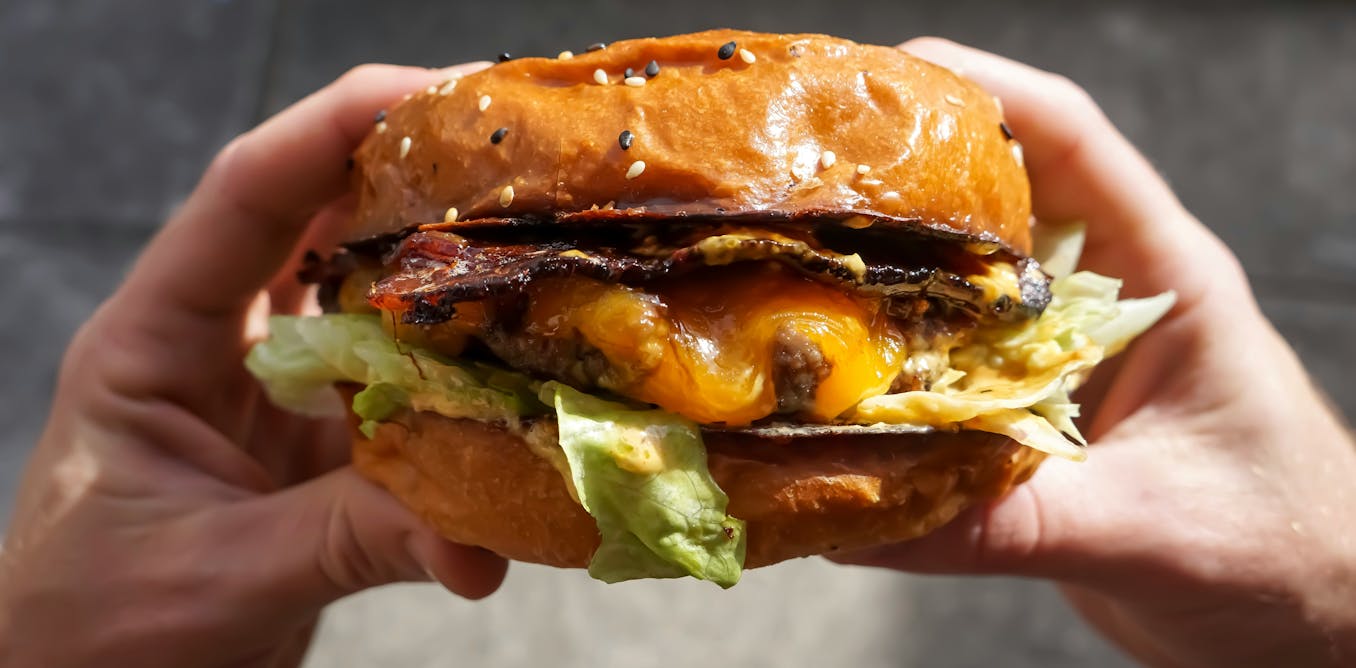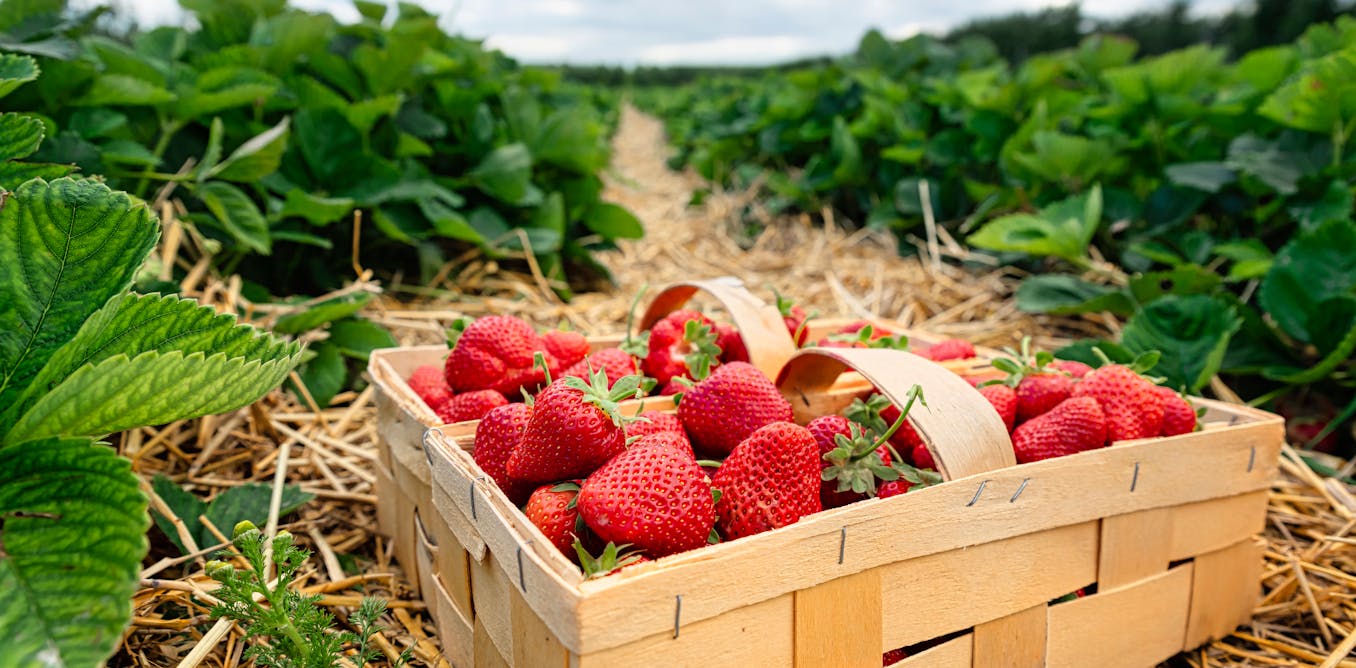Imagine you’re at the grocery store, standing before a selection of snacks. Seemingly without thinking, you skip over the rice crackers to pick out a bag of chips.
These types of choices are called dietary decisions. It’s how we consider many different aspects of a food – including tastiness, healthiness and price – in order to decide what to buy and what to eat.
It’s not well understood how our brains use all these different bits of information when making food choices. When does information about each aspect of the food become available to our brains to consider? That’s what we set out to investigate.
In our new paper published in the journal Appetite, we show how, just hundreds of milliseconds after we have seen a food, many different attributes are reflected in brain activity. This happens extremely fast, long before a person can consciously decide whether or not to buy or eat the food.
Peering inside the brain
Naturally, how fast our brains process the different aspects of foods will affect our dietary decisions.
For example, studies have reported that we may process how tasty we find a food more quickly than how healthy it is. This quirk can bias our choices toward foods that taste better over those that are healthier. Junk foods – tasty but not necessarily good for us – have an edge here.
To investigate how quickly we process different aspects of foods, we used electroencephalography, a method that allows us to record electrical brain activity with millisecond precision.
We recorded people’s brain activity while showing them images of various foods, such as snack items, meats, fruits and sweets. We also asked people to rate each food on many different aspects, such as healthiness, tastiness, calorie content, familiarity, and how much they would like to eat the food.
Chae et al., 2025
We then used machine learning techniques to compare patterns of brain activity (how different the brain responses were to different food items) with the patterns of ratings (how differently those foods were rated).
This allowed us to test whether foods that had the largest differences in ratings also had the largest differences in brain activity. In other words – was information about food attributes actually reflected in people’s brain activity?
As it turned out, it was.
Information about different aspects of foods, such as healthiness, calorie content and familiarity, were reflected in the brain activity as early as 200 milliseconds after the food image was presented on the screen.
These rapid brain responses occurred before people could be consciously aware of the food they were seeing. Other aspects of foods, such as tastiness and willingness to eat the food, were reflected in the brain activity slightly later.
Choosing before choosing
These findings suggest that various aspects of foods may grab our attention early and help guide our dietary decisions. The brain assesses many different aspects of foods automatically and with similar timing, shaping our food choices before we’re even aware of them.
Surprisingly, we found that the healthiness of foods was represented in the brain activity earlier than tastiness. While this contradicted some previous findings, our machine learning techniques may have been more sensitive to detect subtle patterns of brain activity associated with each attribute.
There were also similarities in the way people judged different aspects of a food. For example, foods that were less familiar were also rated as being less tasty.
From these patterns of similarity, we identified two key food dimensions that may be particularly important when our brains evaluate foods. The first one is the “processed” dimension: how natural or processed a food is. The second is the “appetising” dimension, which taps into how tasty and familiar we find a food.
Both were reflected in patterns of brain activity very rapidly, about 200ms after seeing a food item.
There’s more than the eye can see
Our findings are most relevant to situations where we only rely on the visual features of foods, such as when ordering groceries or meals online, or using a picture menu at a restaurant. They shed light on how people make snap judgements at the supermarket or on food delivery apps.
Our brain imaging approach can also be used to test if certain strategies, such as deliberately focusing on the healthiness of foods, might change how foods are rapidly appraised and help us improve our choices.
While we used food images in this study, other senses are also important for dietary decisions. Smelling a mango or hearing the sizzle of a frying burger patty are likely processed quickly by the brain as well.
The next step will be to look into these other sensory features of foods, to see how the brain processes not just images of food, but the real deal when placed in front of us.

The post “Our brains evaluate food within milliseconds, long before we’ve decided to eat it” by Violet Chae, PhD Candidate, Melbourne School of Psychological Sciences, The University of Melbourne was published on 10/22/2025 by theconversation.com


































Leave a Reply